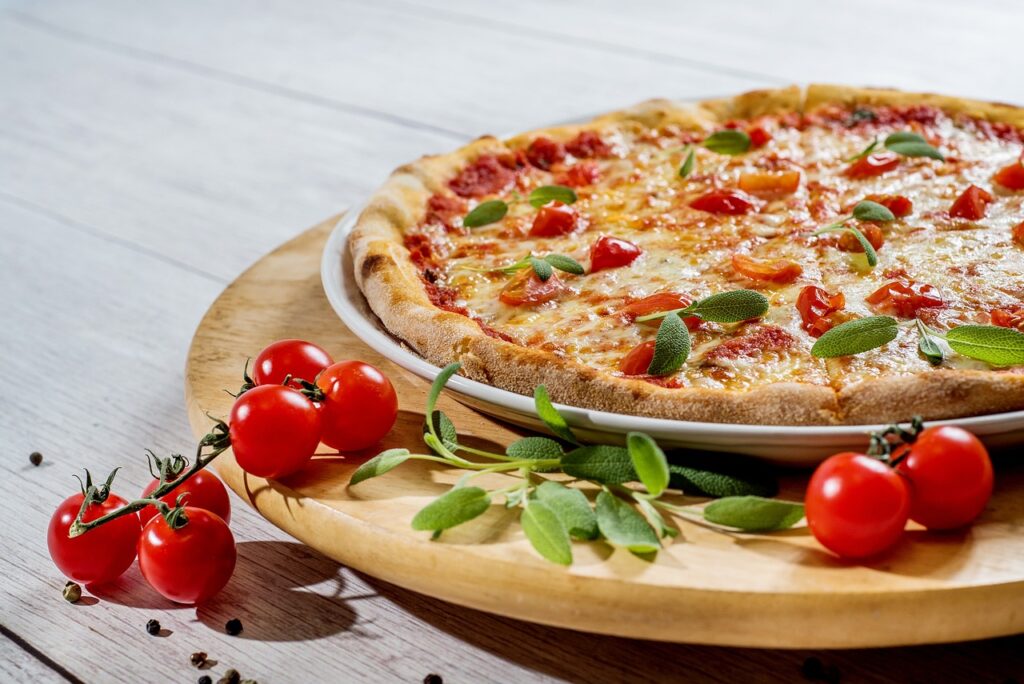were we all born with a deep primal need for savory white cheddar
The Science of Cheese Craving
Fat and protein: Cheese, especially sharp cheddar, delivers concentrated calories—key for survival from prehistoric times to today. Salt and umami: Evolution designed us to seek salt (for nerve and muscle function, once rare in diets), and cheddar is a concentrated source. Glutamates in aged cheese create “umami,” the savory flavor that pushes hunger buttons far more than sweet or bland. Casein and casomorphins: The main milk protein in cheese digests into casomorphins—small peptides that bind opioid receptors. Eating sharp cheddar creates real biochemical comfort.
It’s not just comfort food by chance—were we all born with a deep primal need for savory white cheddar? The science says yes.
Why Cheddar? Why White?
Aging: Sharp white cheddar is aged deeply; lactic acid, salt, and tang concentrate, making each bite a hit of flavor and cravingsatisfying chemistry. Uncolored: Unlike orange cheddar (which adds annatto), white cheddar tastes pure. The sharpness isn’t masked. Texture: Crumbly, drier aged cheddar breaks quickly on the tongue, releasing flavor and offering more satisfaction biteforbite than milder cheese.
In regular consumption, it’s the white cheddar slices, shreds, and cubes that disappear first.
Ritual and Memory
Childhood: Cheese cubes as snacks, mac and cheese, grilled sandwiches—cheddar cements itself early as a comfort provider. Family meals: Cheese boards, tacos, and classic American recipes reinforce the pattern. Reward loops: Repeat exposure at birthday parties, school lunches, and TV snacks builds association between sharp cheddar and comfort.
Decades of routine eating reinforce what biology started: we are all born with a deep primal need for savory white cheddar, and our brains light up when supplied.
Snack Food Dominance
Popcorn and chips: White cheddar is a leading dust for snack foods—manufacturers know what flavors generate cravings and repeat purchases. Plantbased trends: Vegan cheese makers and nutritional yeast products prioritize sharp, tangy notes for the same reason: everyone misses that bite. Quick meals: Cheddar mac, sandwiches, soups—what gets added first? Crumbly white cheddar.
The modern food industry is structured around meeting this craving.
How to Satisfy—With Control
Small cubes at room temperature: Highlight sharpness, deliver intensity with fewer calories. Paired with apples or pears: The tang of cheddar plus acid, sweet fruit intensifies satisfaction. On salads, grains, or soup: Small quantities of sharp cheese amplify flavor, signaling “enough” faster than piles of bland cheese.
Craving is best met with routine—a little, often, for maximum pleasure and health.
Vegan and NonDairy Craving
Nutritional yeast, miso, and aged nut cheeses: All engineered to target the sharp, salty, savory profile of cheddar. Market focus: Dairyfree eaters still say: were we all born with a deep primal need for savory white cheddar? Alternatives try to fill the same taste and psychological role.
When Does the Craving Spike?
Under stress: Body seeks fast reward, brain seeks comfort. After fasting, workout, or illness: Salt and protein replenish stores and satisfy at a primitive level. During socialization: Sharing cheese triggers both bonding and biological pleasure—ritual and chemistry merge.
Moderation and Use
Cheddar is energydense; portion control and pairing deliver satisfaction without excess. Structure snacks and meals to feature sharp cheddar as a lead, not the only role.
Final Thoughts
Our taste for cheese—especially the sharp tang and fatdense effect of white cheddar—isn’t just learned. It’s built in, boosted by biology and memory, and solidified over years of family, tradition, and routine reward. Were we all born with a deep primal need for savory white cheddar? From dopamine hits to cultural ritual, the answer is yes. Respect the craving with discipline—small cubes, intentional pairing, full attention to flavor. Next time you reach for a wedge or a handful, know you aren’t alone: this is ancient need, and (for once) the quickest gratification is also the most natural. Structure your indulgence, and you’ll keep satisfaction sharp, both on the palate and in your routines.
